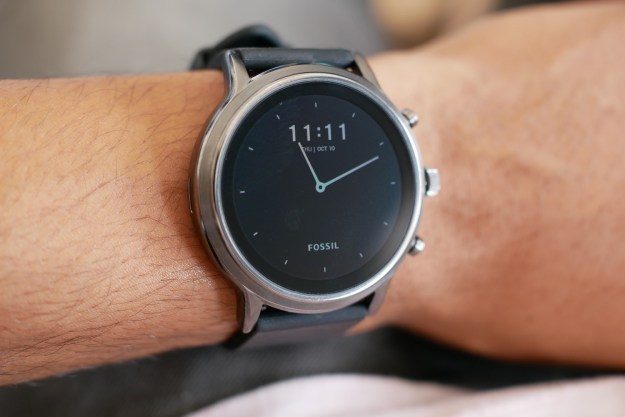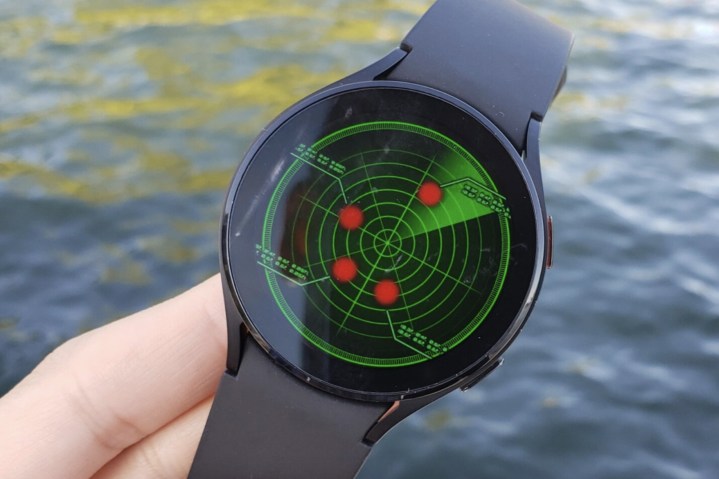
The Global Positioning System — short for GPS — is the most widely-used system for positioning and estimating time by establishing a wireless communication channel with satellites. Smartphones rely on this system, and so do smartwatches, especially those targeted at sports enthusiasts. However, when it comes to underwater activities like scuba diving or deep-sea snorkeling, it’s not of much use.
That’s because GPS waves simply don’t offer much in terms of liquid penetration as the radio waves it relies on break down rapidly in water. That means if you take a dip with your Apple Watch and seek to explore some underwater sites, don’t rely on GPS for someone to keep an eye on — and find — you. But there’s a novel solution that can give GPS-like location superpowers to virtually any smartwatch out there.
The folks at the University of Washington have developed an app that allows underwater divers to communicate with each other via their smartphones, essentially creating a GPS-like three-dimensional location triangulation net. The key benefit here is that a team leader can always keep an eye on the rest of the divers venturing underwater with them and make sure that they don’t stray away from the group.
A solution like this could save lives, especially in scenarios where underwater visibility is low, making it difficult or even impossible for a team leader to see every single diver in the group. If one of the divers gets entangled in ropes or any other emergency befalls them, the app could help triangulate their location and save their life.
How the smartwatch app works
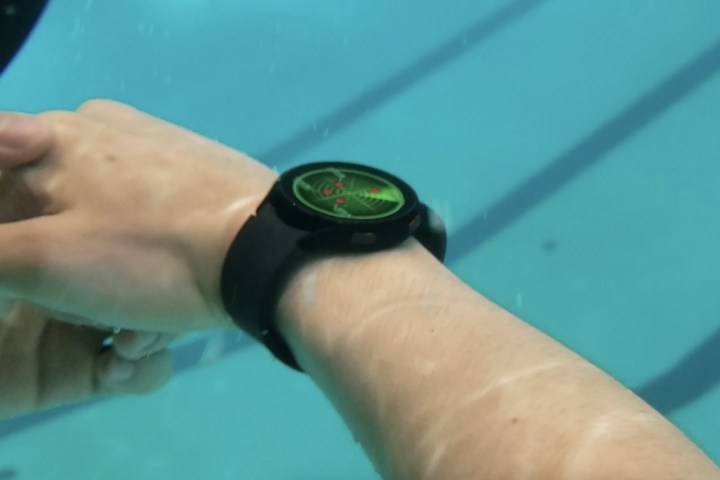
The app is able to triangulate underwater coordinates for a group of divers within a range of 30 meters. What the app does is it treats each diver’s smartwatch as a node and then creates the 3D location map based on the relative distance to the team leader’s smartwatch when it sends an audio ping.
As more divers are added to the group, the app’s location estimation also extends as long as each diver is within a 30-meter range. For a sample network in which four or five smartwatches are involved, the median error at estimating the 3D location underwater falls between 0.5-0.9 m and 0.9-1.6 m.
Alright, so the app will help a team leader keep an eye on the entire group — but what about their real location for a person above the surface? “You would need an anchor device that is above the water surface, say, fixed to a buoy or positioned on a boat,” Shyam Gallakota a professor at the University of Washington’s Allen School and lead author of the research paper, tells Digital Trends.
Specifically, the leader’s smartwatch must be linked wirelessly to an anchor device for “proper” location estimation so that a person above the surface can keep an eye on the leader and their entire group’s three-dimensional formation beneath the surface.
No special gear required

The biggest victory here is that the app doesn’t use any specialized hardware to do its job. All you need is an Apple Watch or a Wear OS smartwatch that offers the necessary ingress protection to survive underwater, and you’re good to go. And that’s because the novel location tracking system relies on sound waves.
The app prompts the smartwatches to emit a sound using its onboard speaker array while the microphone picks up the signal underwater. Gollakota explains that it takes about 1.5 seconds for the audio ping to make its way back to the team leader’s smartwatch.
Gollakota defines the innovation as “the first underwater acoustic 3D positioning system for smartwatches” that doesn’t require any external gear. Interestingly, the system should also work just fine on a smartphone as they also have the speaker and mic array ready for 3D location estimation. “The smartwatches basically transmit very tiny chirps and then use the microphone to communicate,” he explained.
In fact, deploying a phone could very well open the doors for visual odometry. When asked why the team skipped that side, “Well, taking a smartphone for an underwater dive is just not as convenient as a smartwatch,” Gollokota tells me. It’s a valid point. Plus, not many smartphones out there can survive immersion at the kind of depths required for deep-water adventure sports.
What gives?
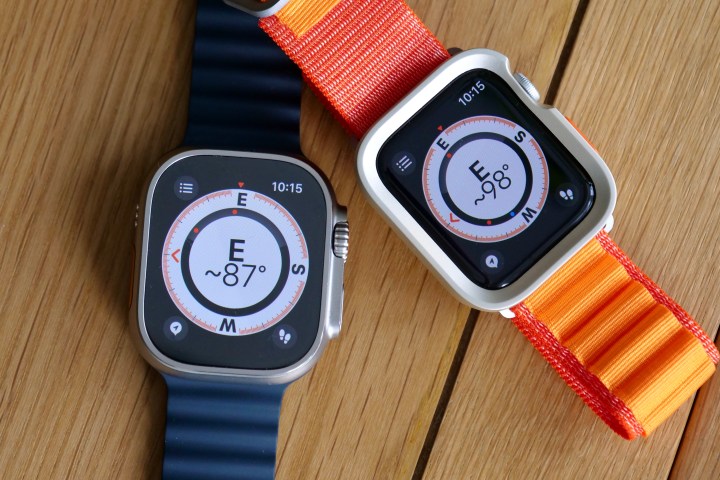
The system is not without its limitations. Gollakota tells us that for the system to work, it needs at least three smartwatches in the group talking to each other via sound waves. When there are only two smartwatches involved, the app can only provide ranging information. That’s because each smartwatch in the group works as a node. The more the merrier, because having more than three smartwatches in a connected pool only enhances the location triangulation accuracy.
Another pitfall is that it is not a continuous location tracking system. Instead, it’s a voluntary localization system, which means the team leader has to press a button so that their smartwatch emits an audio signal, which is then picked up by other smartwatches nearby.
The biggest caveat, however, is that the app is currently not available to download from Apple or Google’s app stores. Instead, the team at the University of Washington has uploaded the entire code to GitHub in hopes that it will be picked up by the developer community to make an app that will subsequently be released on the Google Play Store and the Apple App Store.
That’s a minor inconvenience in itself, despite the code’s free availability. Compared to simply installing an app from a digital store, running an app off the code from GitHub takes a certain level of technical expertise. Gollakota tells us that the team is working to get the situation sorted but says it’s not a particularly easy process to create an Apple Watch app, given the stringent quality and UX rules on the App Store.
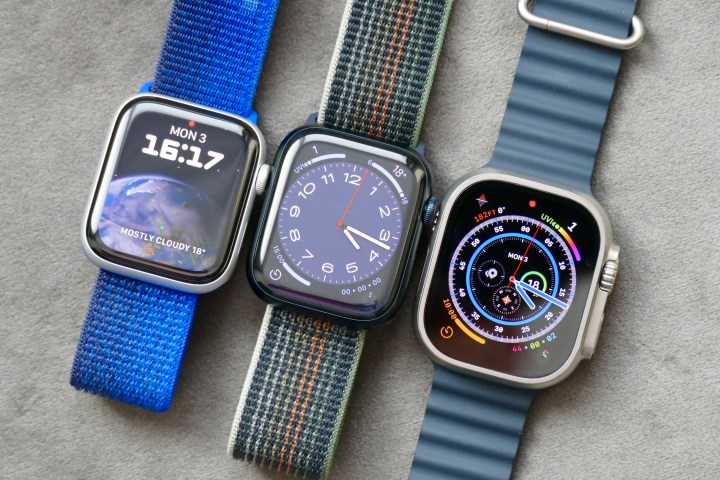
Though the team used an Apple Watch Ultra during the test phase, Gollakota told Digital Trends that the code is compatible with Android as well. That means it can be used to create an app that runs on Wear OS (by Google) smartwatches. However, when it comes to generic smartwatches running custom skins based on the RTOS foundation — such as those sold by OnePlus, Honor, Xiaomi, etc. — there is no feasible future for the app.
Irrespective of the technical limitations described above, the underwater GPS app developed by the experts at the University of Washington is still a massive leap forward. The best part is that it won’t burden an average smartphone user to spend money on any specialized gear for their smartwatch. It’s just a matter of time, and some luck, before the app becomes available in its finished form from an application store(s).
Interestingly, experts at the same institution took a similar acoustic approach and developed the first underwater messaging app not too long ago. Digital Trends also talked with Joseph Breda, a research student at the University of Washington, who developed an app that allows a smartphone to measure body temperature without requiring any specialized add-on kit or sensor.
Editors' Recommendations
- I wore a smartwatch that’s unlike any you’ve seen before
- Samsung Galaxy Watch 7: news, rumored price, release date, and more
- OnePlus told us the secrets behind its one-of-a-kind smartwatch
- You’ll be waiting a while longer for blood glucose tracking on smartwatches
- This is the OnePlus Watch 2, and it looks incredible


